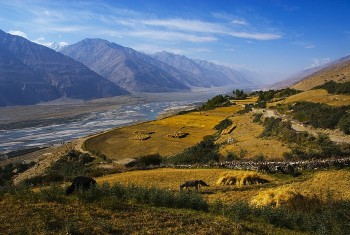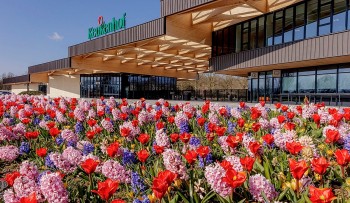7 Amazing Places Where The Sun Never Sets In The World
| The Mysterious Land of Afghanistan | |
| Chhurpi Cheese - The Age-Old Hardest Cheese Dishes of India's Land | |
| The Tale of Flowers: Visit Keukenhoff - The Garden Called "Garden of Europe" |
We are so much comfortable with the "12 hours day and 12 hours night" because of the rotation of the earth around the sun, aren't we? But, there are some places that experience sunlight for straight 24 hours without a break.
The midnight sun is a natural phenomenon that occurs in the summer months in places north of the Arctic Circle or south of the Antarctic Circle, when the Sun remains visible at the local midnight. When the midnight sun is seen in the Arctic, the Sun appears to move from left to right, but in Antarctica the equivalent apparent motion is from right to left. This occurs at latitudes from 65°44' to 90° north or south, and does not stop exactly at the Arctic Circle or the Antarctic Circle, due to refraction.
1. Norway
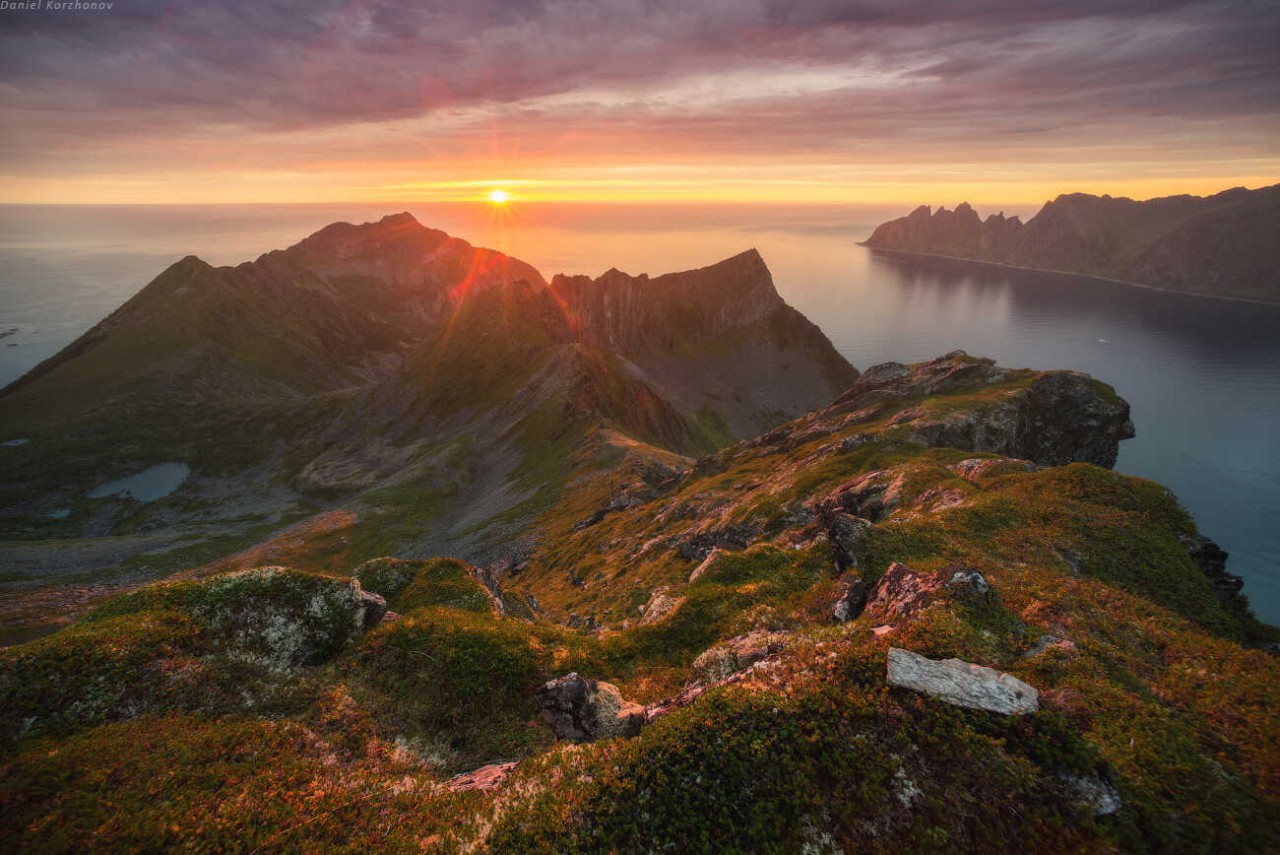 |
| Photo: Norway Travel Guide |
Norway, country of northern Europe that occupies the western half of the Scandinavian peninsula. Nearly half of the inhabitants of the country live in the far south, in the region around Oslo, the capital. About two-thirds of Norway is mountainous, and off its much-indented coastline lie, carved by deep glacial fjords, some 50,000 islands.
Indo-European peoples settled Norway’s coast in antiquity, establishing a permanent settlement near the present capital of Oslo some 6,000 years ago. The interior was more sparsely settled, owing to extremes of climate and difficult terrain, and even today the country’s population is concentrated in coastal cities such as Bergen and Trondheim. Dependent on fishing and farming, early Norwegians developed a seafaring tradition that would reach its apex in the Viking era, when Norse warriors regularly raided the British Isles, the coasts of western Europe, and even the interior of Russia; the Vikings also established colonies in Iceland and Greenland and explored the coast of North America (which Leif Eriksson called Vinland) more than a thousand years ago.
Norway is known as the land of midnight sun. Due to Norway's high altitude, there are seasonal variations in daylight because of the period of refracted sunlight is long. In this country, for about a period of 76 days from late May to late July, the sun never sets for about 20 hours.
2. Finland
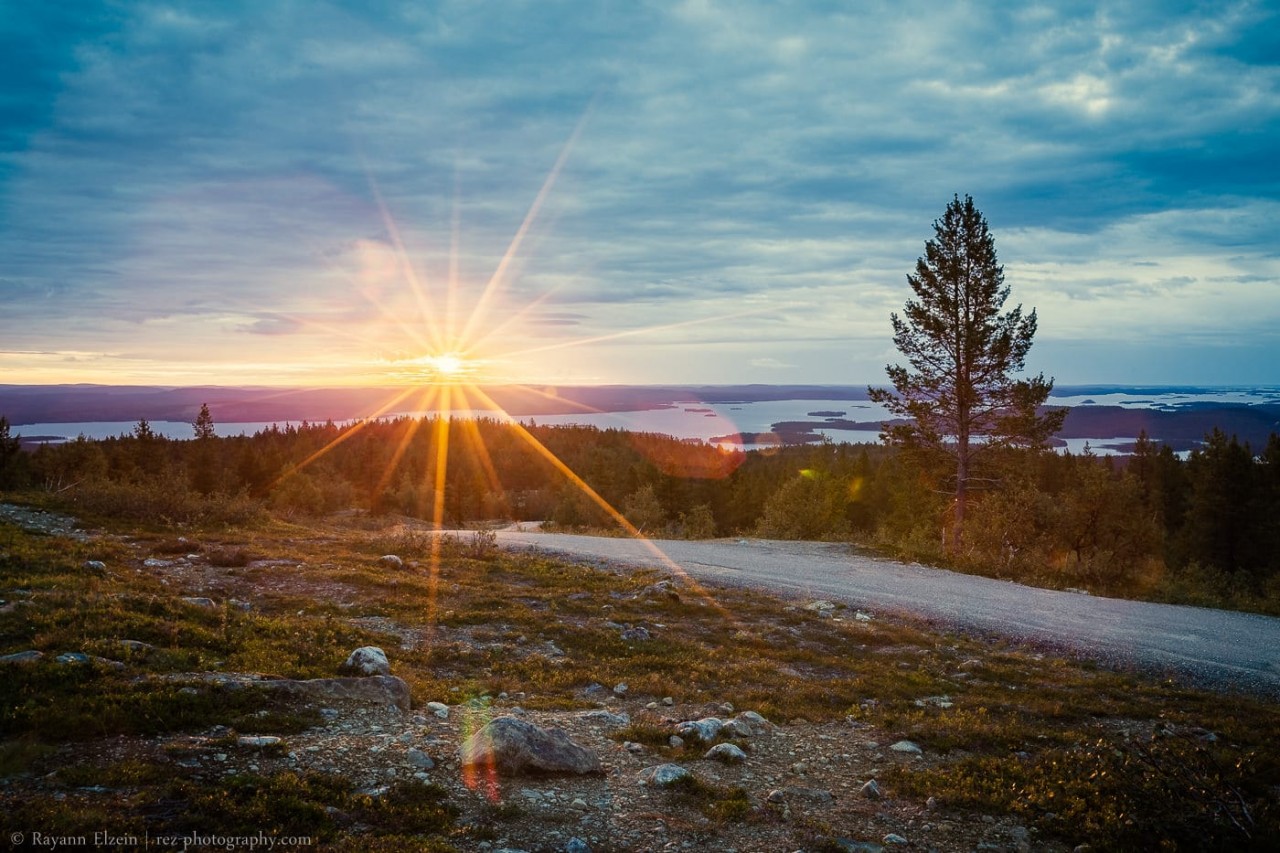 |
| Photo: ReZ Photography |
Finland, country located in northern Europe. Finland is one of the world’s most northern and geographically remote countries and is subject to a severe climate. Nearly two-thirds of Finland is blanketed by thick woodlands, making it the most densely forested country in Europe. Finland also forms a symbolic northern border between western and eastern Europe: dense wilderness and Russia to the east, the Gulf of Bothnia and Sweden to the west.
A part of Sweden from the 12th century until 1809, Finland was then a Russian grand duchy until, following the Russian Revolution, the Finns declared independence on December 6, 1917. Finland’s area decreased by about one-tenth during the 1940s, when it ceded the Petsamo (Pechenga) area, which had been a corridor to the ice-free Arctic coast, and a large part of southeastern Karelia to the Soviet Union (ceded portions now in Russia).
The part of Finland north of the Arctic Circle suffers extremely severe and prolonged winters. Temperatures can fall as low as −22 °F (−30 °C). In these latitudes the snow never melts from the north-facing mountain slopes, but in the short summer (Lapland has about two months of the midnight sun), from May to July, temperatures can reach as high as 80 °F (27 °C). Farther south the temperature extremes are slightly less marked, as the Baltic Sea- and Gulf Stream-warmed airflow from the Atlantic keeps temperatures as much as 10 degrees higher than at similar latitudes in Siberia and Greenland. Winter is the longest season in Finland.
n most parts of this country, the sun shines for straight 73 hours during summers and the citizens of this country experience no sunlight during winters. The midnight sun shines above the Arctic circle, but here the sun briefly dips beyond the horizon and then rises again which results in blurring of the boundary between dying night and dawning day.
3. Sweden
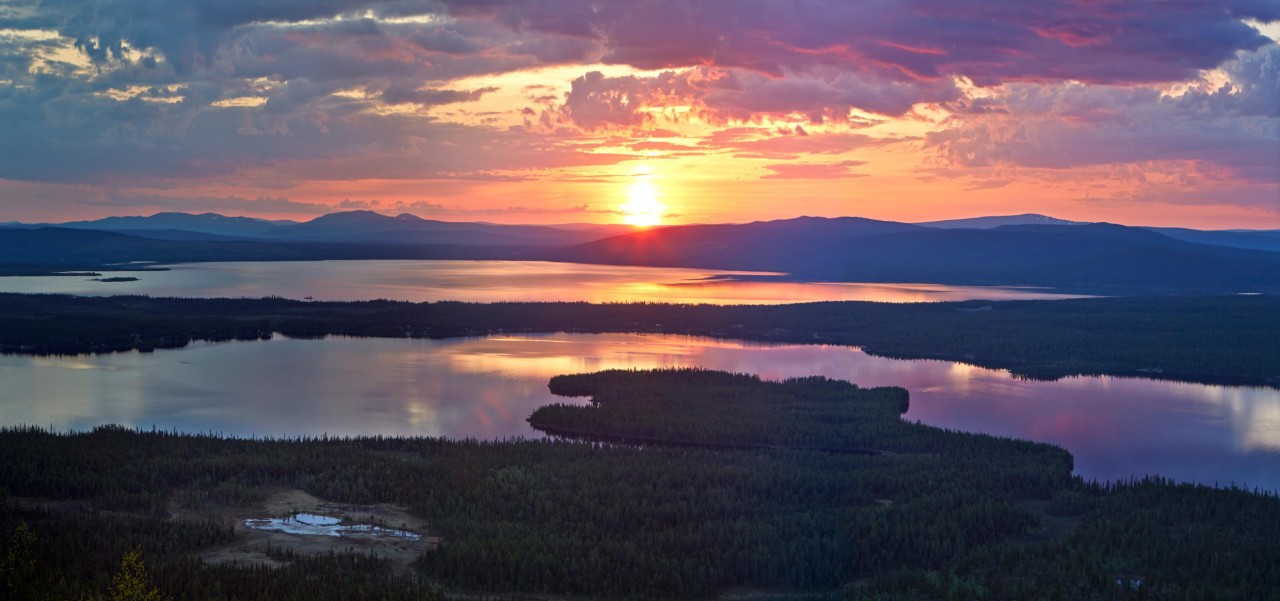 |
| Photo: Visit Sweden |
Sweden, country located on the Scandinavian Peninsula in northern Europe. The name Sweden was derived from the Svear, or Suiones, a people mentioned as early as 98 CE by the Roman author Tacitus. The country’s ancient name was Svithiod. Stockholm has been the permanent capital since 1523.
Sweden occupies the greater part of the Scandinavian Peninsula, which it shares with Norway. The land slopes gently from the high mountains along the Norwegian frontier eastward to the Baltic Sea. Geologically, it is one of the oldest and most stable parts of the Earth’s crust. Its surface formations and soils were altered by the receding glaciers of the Pleistocene Epoch (about 2,600,000 to 11,700 years ago).
The country is traditionally divided into three regions: to the north is Norrland, the vast mountain and forest region; in central Sweden is Svealand, an expanse of lowland in the east and highland in the west; and in the south is Götaland, which includes the Småland highlands and, at the southern extremity, the small but rich plains of Skåne. In the far north the region of Lappland overlaps Norrland and northern Finland.
From early May until late August, the sun sets around midnight and rises again at around four in the morning in Sweden. In this country, the periods of constant sunshine last for up to six months of an year.
4. Alaska
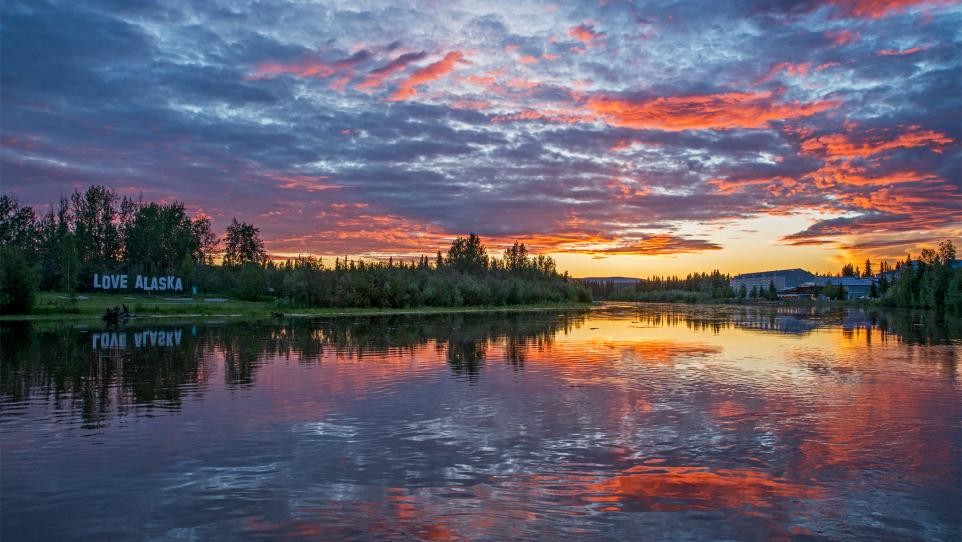 |
| Photo: Fairbanks, Alaska |
Alaska is a state in the Western United States, on the northwest extremity of the country's west coast. A semi-exclave of the U.S., it borders the Canadian province of British Columbia and the territory of Yukon to the east and has a maritime border with Russia's Chukotka Autonomous Okrug to the west, just across the Bering Strait. To the north are the Chukchi and Beaufort seas of the Arctic Ocean, while the Pacific Ocean lies to the south and southwest.
While it has one of the smallest state economies in the country, Alaska's per capita income is among the highest, owing to a diversified economy dominated by fishing, natural gas, and oil, all of which it has in abundance. United States armed forces bases and tourism are also a significant part of the economy; more than half the state is federally owned public land, including a multitude of national forests, national parks, and wildlife refuges.
The sun doesn't set in Alaska from late May to late July. Fairbanks, Alaska is south of the Arctic Circle where the sun sets at around 12:30 am in the summer solstice. This is because Fairbanks is 51 minutes ahead of its idealised time zone.
5. Iceland
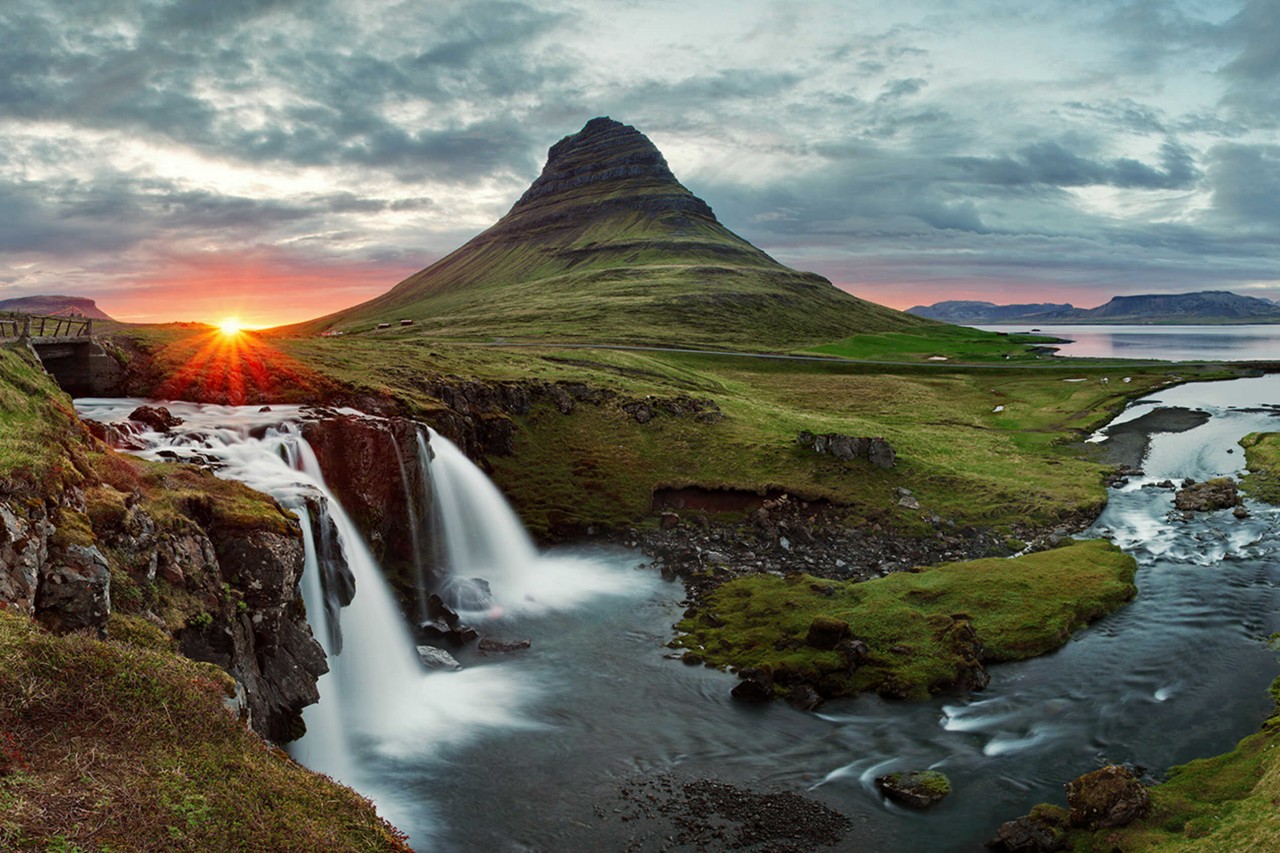 |
| Photo: Icelandair |
Iceland, island country located in the North Atlantic Ocean. Lying on the constantly active geologic border between North America and Europe, Iceland is a land of vivid contrasts of climate, geography, and culture. Sparkling glaciers, such as Vatna Glacier (Vatnajökull), Europe’s largest, lie across its ruggedly beautiful mountain ranges; abundant hot geysers provide heat for many of the country’s homes and buildings and allow for hothouse agriculture year-round; and the offshore Gulf Stream provides a surprisingly mild climate for what is one of the northernmost inhabited places on the planet.
Iceland’s rugged coastline, of more than 3,000 miles (4,800 km), meets the Greenland Sea on the north, the Norwegian Sea on the east, the Atlantic Ocean on the south and west, and the Denmark Strait—which separates it from Greenland by about 200 miles (320 km)—on the northwest.
The sun never fully sets and travels horizontally across the horizon throughout the night. Europe's second largest island sees no dark from early May till July because sun is above the horizon all the time. During the Arctic summer, sun sets at midnight and rises at 3 in the morning.
6. Canada
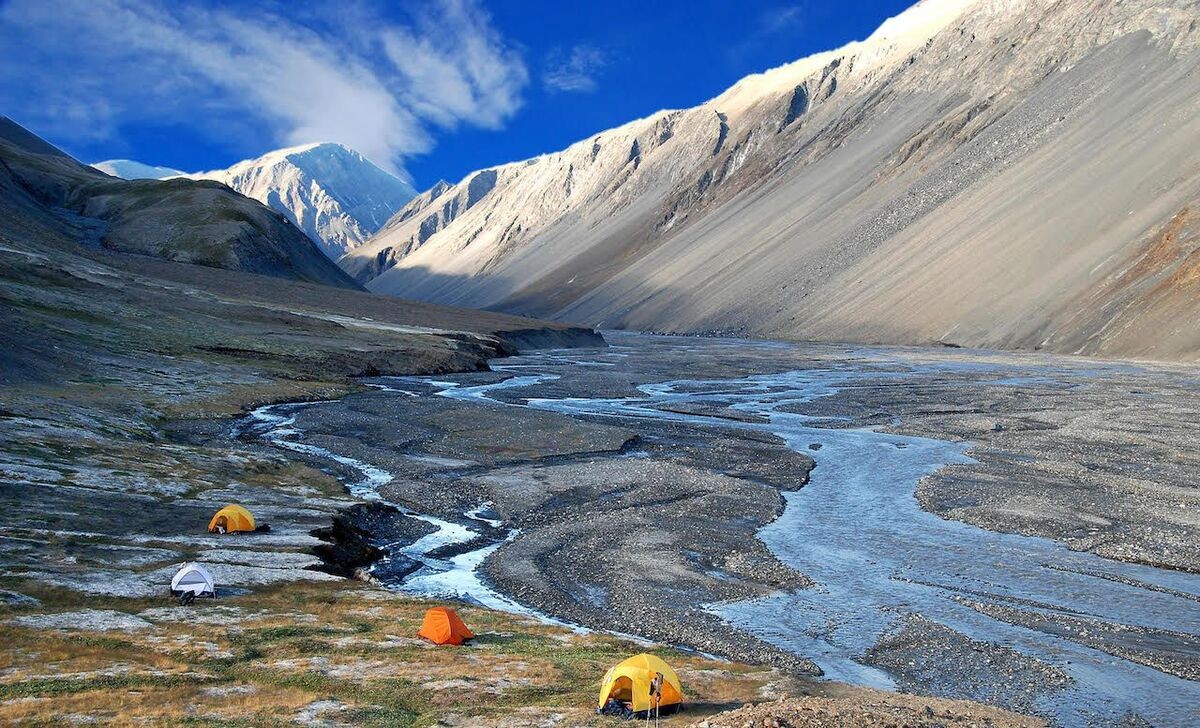 |
| Nunavut, Canada. Photo: Black Feather |
Canada is a country in North America. Its ten provinces and three territories extend from the Atlantic to the Pacific and northward into the Arctic Ocean, covering 9.98 million square kilometres (3.85 million square miles), making it the world's second-largest country by total area. Its southern and western border with the United States, stretching 8,891 kilometres (5,525 mi), is the world's longest bi-national land border. Canada's capital is Ottawa, and its three largest metropolitan areas are Toronto, Montreal, and Vancouver.
Average winter and summer high temperatures across Canada vary from region to region. Winters can be harsh in many parts of the country, particularly in the interior and Prairie provinces, which experience a continental climate, where daily average temperatures are near −15 °C (5 °F), but can drop below −40 °C (−40 °F) with severe wind chills. In non-coastal regions, snow can cover the ground for almost six months of the year, while in parts of the north snow can persist year-round. Coastal British Columbia has a temperate climate, with a mild and rainy winter. On the east and west coasts, average high temperatures are generally in the low 20s °C (70s °F), while between the coasts, the average summer high temperature ranges from 25 to 30 °C (77 to 86 °F), with temperatures in some interior locations occasionally exceeding 40 °C (104 °F).
The second largest country sees continuous sunlight for about 50 days in summer, in places like Inuvik and the Northwest territories. The country is covered in snow around the year.
7. Qaanaaq, Greenland
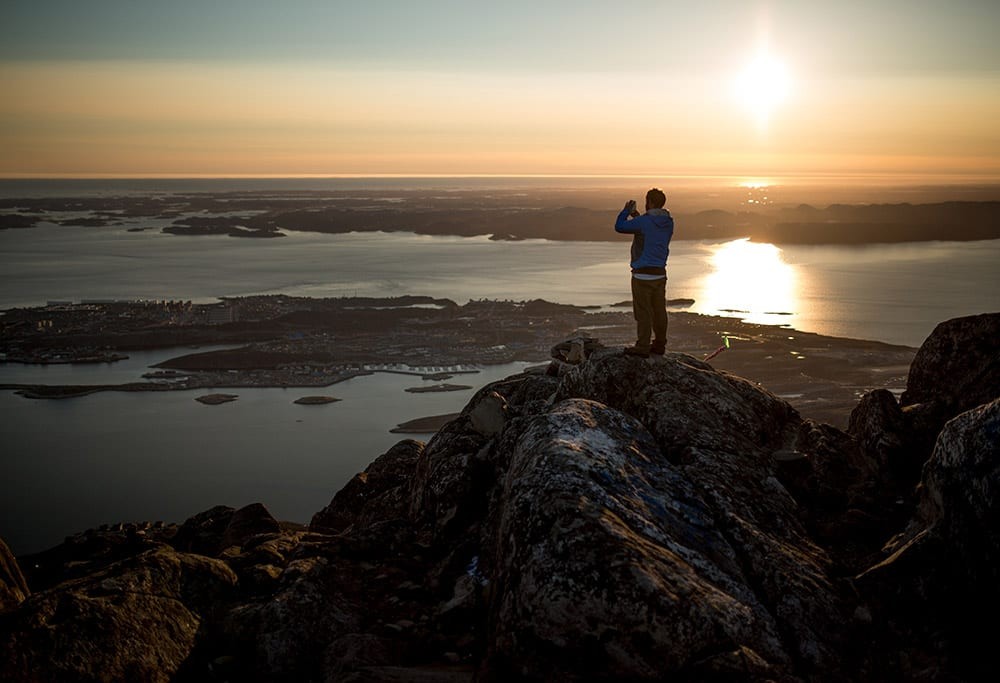 |
| Photo: Greenland travel |
Qaanaaq, formerly known as Thule or New Thule, is the main town in the northern part of the Avannaata municipality in northwestern Greenland. It is one of the northernmost towns in the world. The inhabitants of Qaanaaq speak the local Inuktun language and many also speak Kalaallisut and Danish. The town has a population of 646 as of 2020.
You can experience the midnight sun anywhere north of the Arctic Circle. The midnight sun first appears in the national park in the far north of Greenland. Later you can experience it in the northern towns such as Qaanaaq, Upernavik, and Uummannaq.
The Polar Circle is placed where the southern limit of the midnight sun lies. The farther north you go the longer the bright nights last. In Ilulissat you will experience bright nights two months out of the year, and up in Qaanaaq, the sun is in the sky day and night for three and a half months.
The concept of time is not something that belongs to particular cultures. We all have some sense of time, but the common cycle of time is put to the test in the Arctic and Antarctic in the summer. Suddenly, one day can last 100 days and not the usual 10-12 hours you are so used to. It provides gentle and lovely energy from which both the Greenlanders and the travelers are tapping.
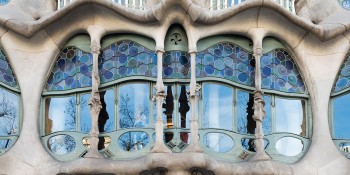 | Visit the Hundreds Year Old Building in Barcelona with Unique Design Casa Batlló is one of the two great buildings designed by Antoni Gaudí, a genius Catalan architect, has been a famous spot in Barcelona for ... |
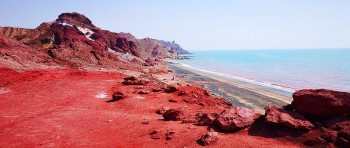 | Wonderful Homuz Island Attracts Tourists With Mesmerizing "Blood Red" Beach Hormuz Island, also known as "The Rainbow Island", is one of Iran's most beautiful destinations, has recently gone viral on social media for its mesmerizing ... |
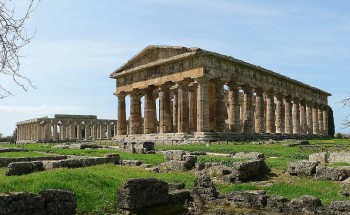 | Discover Most Beautiful Acient Greek Ruins That Stand The Test Of Time Greece has a long, rich history that left many ancient sites and ruins around for centuries, which amazingly stand the test of time to become ... |
Recommended
 World
World
Pakistan NCRC report explores emerging child rights issues
 World
World
"India has right to defend herself against terror," says German Foreign Minister, endorses Op Sindoor
 World
World
‘We stand with India’: Japan, UAE back New Delhi over its global outreach against terror
 World
World
'Action Was Entirely Justifiable': Former US NSA John Bolton Backs India's Right After Pahalgam Attack
 World
World
US, China Conclude Trade Talks with Positive Outcome
 World
World
Nifty, Sensex jumped more than 2% in opening as India-Pakistan tensions ease
 World
World
Easing of US-China Tariffs: Markets React Positively, Experts Remain Cautious
 World
World

